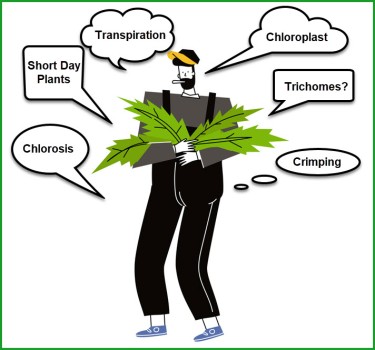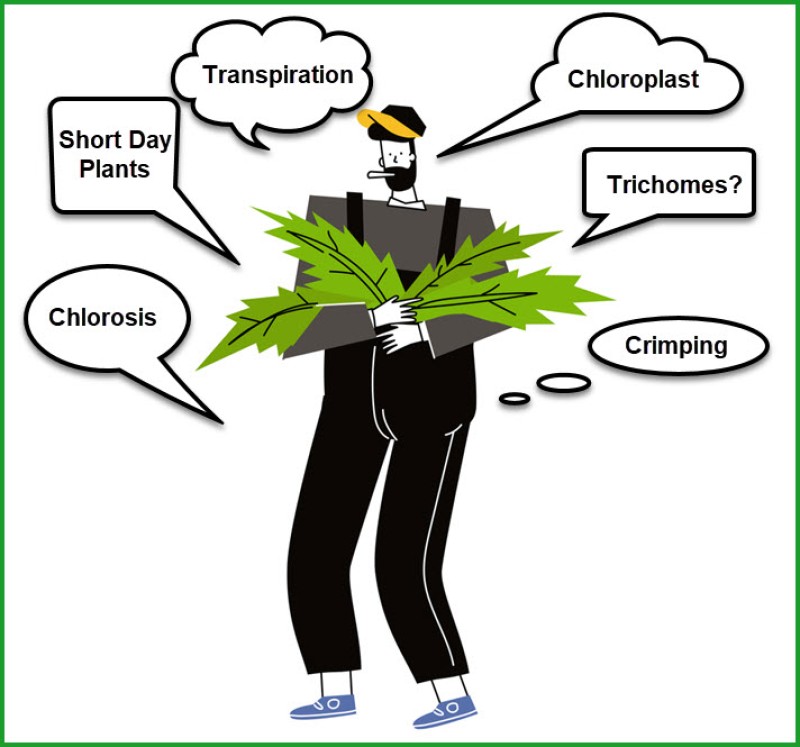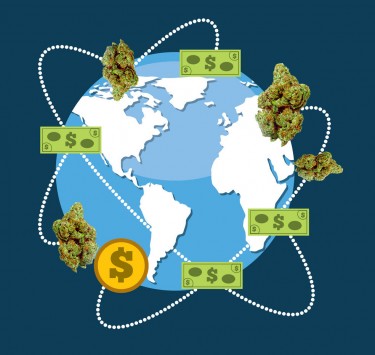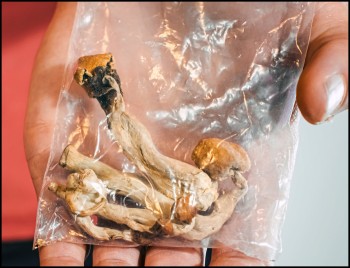
Growing cannabis can be relatively straightforward or as complicated as you make it to be. To grow cannabis, all you need is the proper knowledge to tend to this nature's gift.
Therefore, this guide is an effort to make simple some of the terms that surround the process of growing cannabis. We've put together some of the primary terms cannabis growers across the world use when tending to their plants.
So, whether you're a newbie or expert in growing cannabis, you're sure to learn new terminologies from this article. The following are 50 terminologies every experienced cannabis grower must know;
1. Aeroponics
Aeroponics is growing plants (cannabis in this case) in moist environments or the air without soil. In this method of planting, the roots of cannabis are hanged in and air and sprayed with nutrient solution.
2. Apical Meristem
Apical Meristems are growing tips with a high concentration of meristem (cells capable of division). The apical meristem is responsible for the growth of shoots and roots. Hence, lines should have at least a single apical meristem to enhance growth.
3. Auto-flower
Will flower irrespective of lighting schedule. This feature is inherited from the ruderalis ancestor.
4. ATP (Energy Molecule)
ATP is an acronym for Adenosine triphosphate. It is used by planar to transfer energy to cells.
5. Auxins
Hormones that modify and regulate plant growth
6. Ballast
The ballast is lighting equipment used to strike a light bulb.
7. Calyx
The calyx is an outer leaf covering a single flower.
A none psychoactive cannabinoid is found in cannabis. CBD does not induce "highness" and is also kind with a kit of medical benefits.
9. Capillary Mats
The capillary mat is a 60mm (0.25") thick, soft polyester material. It is covered with dark polyethylene and rigged with small holes. It is used to primarily water cannabis, supplying the exact amount of water needed by each plant.
10. Chlorosis
Yellowing of the cannabis leaf. A symptom of lack of chlorophyll in plants.
11. Chlorophyll
The green pigment is present in all plants. It assists in the process of photosynthesis by absorbing energy from light to make simple sugars. The chlorophyll is most active under red and blue light.
12. Chloroplast
The chloroplast is a semi-autonomous organelle that houses chlorophyll.
13. Consemilla
Consemilla is a mature cannabis bud filled with seeds.
14. Cotyledons
These are seed leaves. They are the first pair of leaves to grow during germination.
15. Crimping
Crimping is a method of bending branches in super cropping. This is achieved by damaging the internal tissues making it easier for the plant to bend.
16. Cytokinins
The opposite of auxins. It is a hormone that arrests plant growth.
17. Fan leaves
Large cannabis leaves that trap light. The Fan leaves are a traditional symbol that is commonly linked with cannabis.
18. Fertigation
Fertigation is the application of fertilizer into the irrigation system. This helps to achieve fertilization and irrigation simultaneously.
19. Friable
Friable refers to soil consistency. Generally, when squeezed into a fist, friable soil tends to form a good. But, it quickly crumbles when poked.
20. Ganja
Ganja is the local slang for marijuana in Jamaica and India. Indian immigrants majorly introduced the term.
21. Gibberellins
Gibberellins are plant hormones that promote the stretching and growth of shoots and leaves. Gibberellins are soften used by cannabis growers to induce pollination in female plants.
22. Hemp
Hemp is a term used for a cannabis strain with low THC content. It is usually cultivated for oil or fibre.
23. Kali
Traditional Jamaican lingo is used for the best strain of weed. It is named after the Indian killer goddess.
24. Light Movers
Assist in moving light circularly or along with teak for better distribution of light.
25. Limonene
Terpene is found in the citrus rind, cannabis, various flowers, and other fruits.
26. Lumen
A unit of measuring light.
27. Lux
A metric measure of light.
28. Macronutrients
Macronutrients are significant nutrients needed by the plant in high quantities. These include potassium (K), nitrogen (N), and phosphorous (P).
29. Micronutrients
Nutrients are needed in small quantities in plants.
30. Myrcene
The most abundant terpene is present in most strains of marijuana.
31. Necrotic
Lifeless patches of tissue on a leaf.
32. Node
The juncture where a leaf attaches to the stem
33. Organelles
Units within the cell that performs technical functions
34. Over-Wintering:
Over-wintering is a strategy used by plants to survive the winter season. In comparison, insects overwinter as pupae, eggs, or adults, while most plants overwinter as seeds.
35. Photosynthetically Active Radiation (PAR)
PAR is light radiations within the range of 400-700 nanometers.
36. Petiole
The support or stalk that connects the blade of a leaf to the steam.
37. Photosynthesis
Photosynthesis is a chemical response that happens in plants. Plants use energy trapped from light to combine both Co2 and water to produce simple sugar and give off oxygen.
38. Phytochrome
This is a light reversible pigment that regulated flowing. Usually in two forms; the far-red and res sensitive.
39. Pinene
PA terpene that smells like the pine tree. It is found in several plants, such as cannabis, sage, eucalyptus, and rosemary.
40. Pistil
The organ that bears the ovule in a flower
41. Rhizosphere
The part of the soil that surrounds the plant roots. It also contains many living microbes and organisms.
42. Ruderalis
Ruderalis is a type of cannabis that doesn't need to be in the dark for a long time to flower.
43. Short Day Plants
Plants like cannabis that flower when in the dark for a very long time
44. Sinsemilla
A Spanish word that means "without seeds." It is used to refer to seedless female flowers.
45. Stretching
Stem elongation is a result of heat and bad light.
46. Supercropping
The process of training top branches to grow horizontally. This is to help to expose the bud to more light.
47. Terpenes
The Essential oil is responsible for different aromas of various strains of cannabis.
48. Tetra-hydrocannibinol (THC)
The primary psychoactive compound present in cannabis.
49. Transpiration
Transpiration is the loss of water vapour from the cave of the leaves into the atmosphere. The opening and closing of the stomata are responsible for transpiration.
50. Trichomes
Glands grow off of the buds and leaves containing high levels of THC.
LEARNING THE LANGUAGE OF CANNABIS, READ MORE...
THE CANNABIS WORDS TO DESCRIBE THE DEGRESS OF BEING HIGH!







